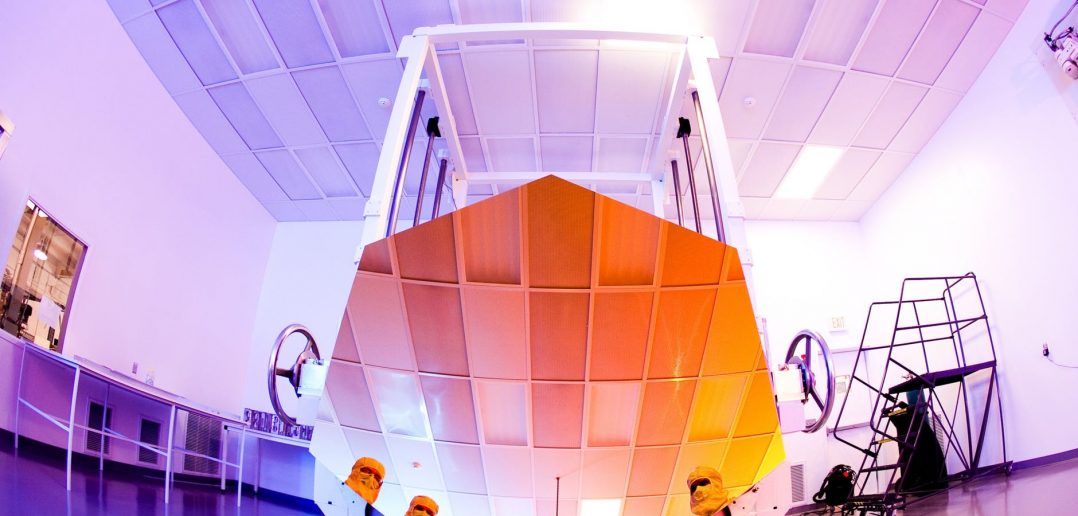The development of pigments in the manufacturing industry has been specifically designed to use particles that are insoluble and which are used to create colour in a variety of different materials. Indeed, pigments can be defined as inorganic, organic or functional while the ranges of pigments that are available today are vast. In addition, the combination of the various chemicals used to create the correct pigment can cause a significant challenge for pigment dispersion companies which attempt to create the right pigment or additive for a particular use.
Choose the right pigment
The selection of a correct additive or a particular pigment in the manufacturing process is important to understand how the finished coating will perform in addition to defining the efficiency of the production techniques used. If you are looking for a number of different pigment types or different additives, then you should search online for a pigment dispersion company in your local area as soon as possible. Indeed, if you understand the various properties, types and chemicals which are used to create efficient pigments, then you can understand and avoid any future problems with the end application or the final coating.
Solubility of the pigment
Pigments are designed to be organic or inorganic colours which are not soluble while dyes have been developed to be soluble colours that are used in the manufacturing process. In order to understand the main differences between pigments and dyes, you should contact your local firm of experts to help explain which type of pigment is correct for your ultimate end use. If you have any questions about the creation of pigments then you can search online for expert advice today.
Organic or inorganic
Another decision that you might have to make when choosing a pigment for use in your manufacturing process is whether to use an organic or inorganic pigment. Organic pigments are created through synthetic processes using carbon, a waste product from petrochemical production. However, organic pigments are not stable at high temperatures and can become soluble when in contact with a strong solvent. In contrast, inorganic pigment colors are derived from a combination of various salts and other oxides, offering stability at high temperatures and insolubility when exposed to a solvent. Different kinds of pigments are preferable under different circumstances. For instance, in a powder coating company, the preference might be for inorganic pigments due to their stability at high temperatures, making them ideal for the curing process in powder coating. The durability and resistance to solvents make inorganic pigments a reliable choice in industries where harsh conditions are prevalent. On the other hand, organic pigments might be favored in applications where vibrant hues and versatility are more critical than heat stability, such as in certain types of paints or plastics.
Impurities in the pigment
Another crucial factor to consider when contemplating the creation of a color using pigments is to assess whether the manufacturing process might yield varying performance due to potential impurities. After mixing colors, it’s advisable to filter them through wire cloth (more info on which is available in these resources). This step helps eliminate impurities from the pigment, ensuring consistent performance. Furthermore, it is essential to conduct a thorough pigment test before incorporating it into your final product to confirm that it aligns with your standards.
In conclusion, understanding the differences between pigments and dyes, as well as the choice between organic and inorganic pigments, is crucial for selecting the right pigment for your manufacturing process. By consulting with experts and conducting thorough research, you can ensure that the pigment you choose is suitable for the end application and will not cause any problems in the final coating.
Additionally, it is important to be aware of the potential impact of impurities on the performance and quality of the pigment. By conducting proper testing and quality control measures, manufacturers can avoid using impurities and ensure that the pigment meets the necessary specifications for the desired product.
If you need advice on the manufacturing process used in creating a pigment, then you should contact your local firm of pigment dispersion experts as soon as possible.





